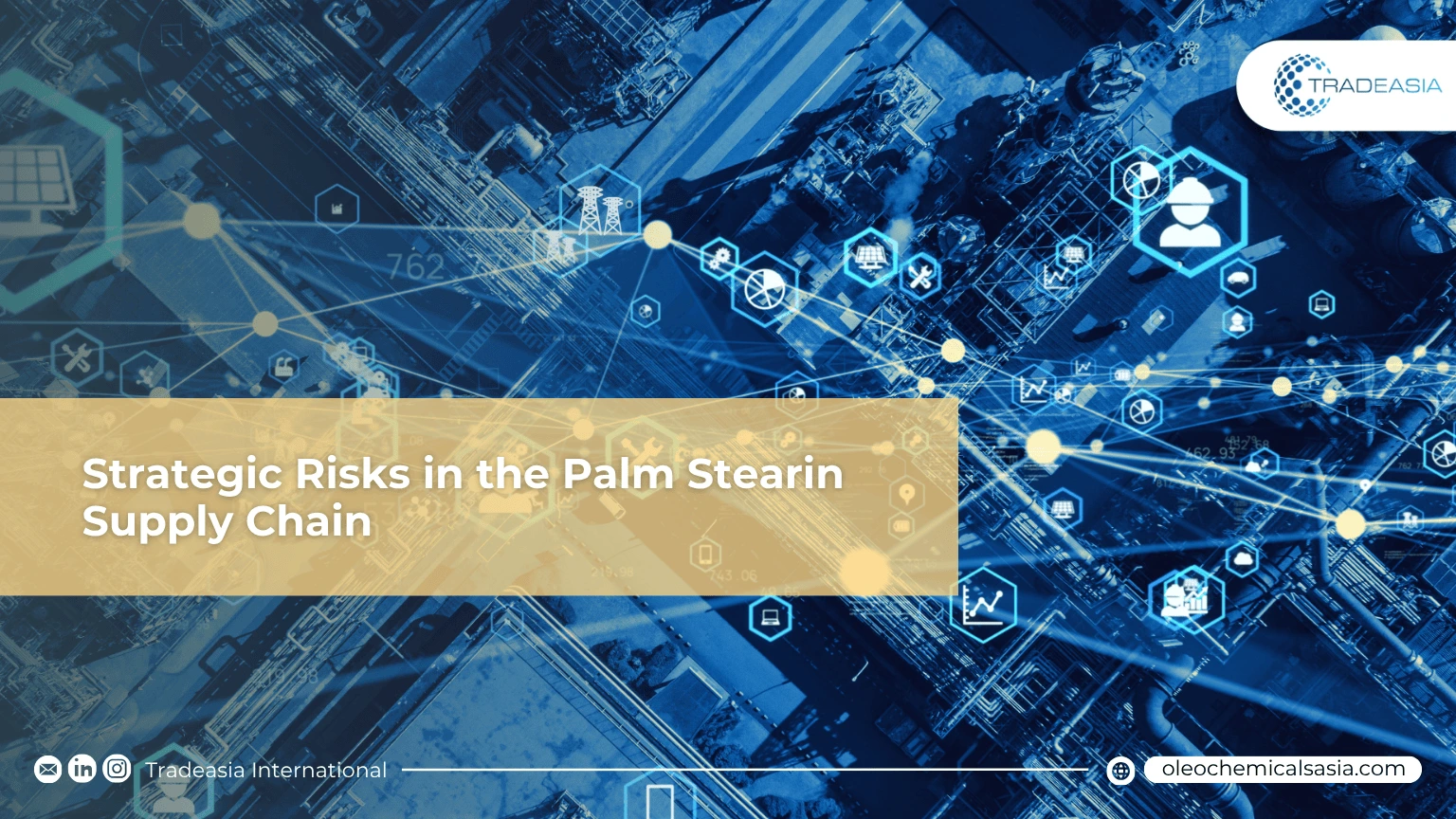Beyond the Price Tag: Unpacking Strategic Risks in the RBD Palm Stearin Supply Chain

Table of Content
- The New Two-Tier Market: Regulation Rewrites the Rules
- The Unseen Force: How Biofuel Mandates Reshape the Supply Pool
For today’s supply chain leaders, sourcing RBD Palm Stearin has evolved beyond a simple cost analysis into a complex exercise in risk management. While the global trade for this essential raw material is on track to hit 11.5 million tons this year, a new wave of regulatory and structural challenges is forcing a strategic rethink. Understanding these global flows is the first step, but securing a resilient position within them requires foresight. For companies sourcing for sensitive markets, aligning with suppliers like Tradeasia International, who are adept at navigating complex compliance landscapes, is now a core business strategy.
The New Two-Tier Market: Regulation Rewrites the Rules
The European Union Deforestation Regulation (EUDR) is no longer a future concern; it is actively bifurcating the market. As of October 2025, a clear two-tiered system has emerged where fully traceable, deforestation-free RBD Palm Stearin commands a premium of $45-$60 per metric ton. This isn't just a price issue—it's a supply issue. Market intelligence from Oleochemicals Asia indicates that only about 75% of Southeast Asian refineries are currently equipped to meet the EU's stringent traceability demands. This creates a significant supply bottleneck for European importers, making verified compliance a non-negotiable aspect of procurement.
The Unseen Force: How Biofuel Mandates Reshape the Supply Pool
While the EUDR grabs headlines, domestic biofuel mandates are a powerful, constant force reshaping the entire palm oil complex. Indonesia's ambitious B40 program now diverts more than 12 million tons of CPO from the market annually. This policy places a permanent floor on domestic CPO demand, effectively reducing the total volume of oil available for the food and oleochemical refining pool. This structural shift indirectly tightens the long-term availability of feedstock for fractionation into Olein and Stearin, a fundamental market reality that procurement teams must factor into their long-term sourcing strategies. As one market insider noted, in this environment, securing a partner who guarantees compliant, consistent supply is the ultimate competitive advantage.
Sources:
-
Oleochemicals & Surfactants Market Intelligence
-
Nikkei Asia - Business & Economy News
-
Roundtable on Sustainable Palm Oil (RSPO) Reports

Leave a Comment